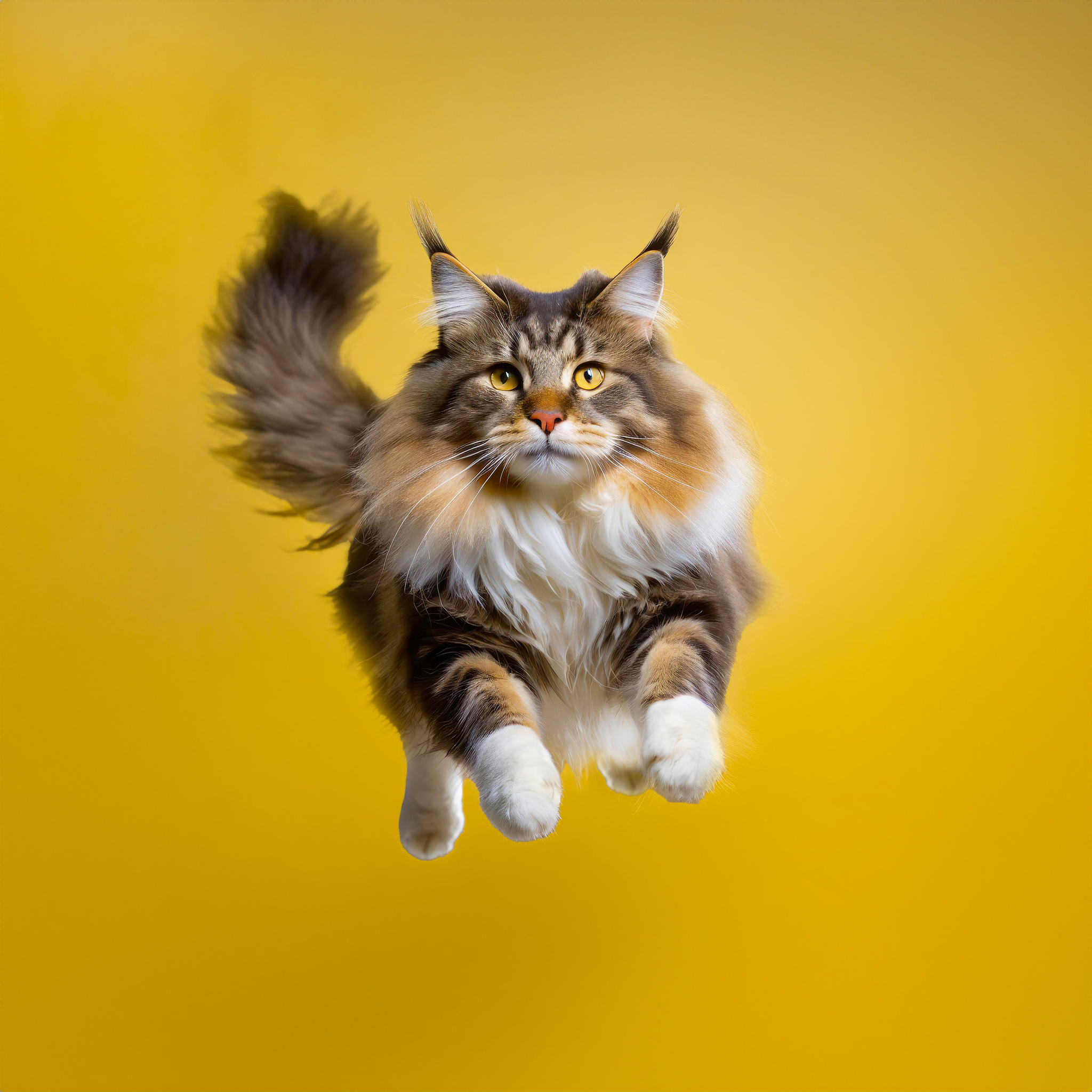Monitoring your Norwegian Forest Cat’s diet is the best way to prevent weight-related health problems, including diabetes, heart disease, and hip dysplasia. If fed freely, companion animals will eat more than they require, which can lead to excessive weight gain. So, feed the Norwegian Forest Cat twice a day and under no circumstances leave food in the bowl all day. It’s a wise idea to consult a nutritionist for advice on healthy eating for your important family member.
Adequate water intake will reduce the risk of urinary tract problems and promote optimal kidney function. As a competent parent, remember that cats’ noses are very sensitive, and the smell of food may significantly delay their intake of water. That’s why, keep the bowl of water about 90 centimeters away from any food. To provide food and water for your furry friend, use stainless steel or ceramic bowls.
When determining the dietary needs of a Norwegian Forest Cat, we unquestionably need to consider their age and activity level. Kittens need a nutrient-dense food to support growth and development, and senior cats should prefer a diet specially formulated to support joint health and cognitive function.
Protein from animal-derived ingredients is especially important to keep your Norwegian Forest Cat’s muscle mass in tip-top shape and support their active lifestyle.

